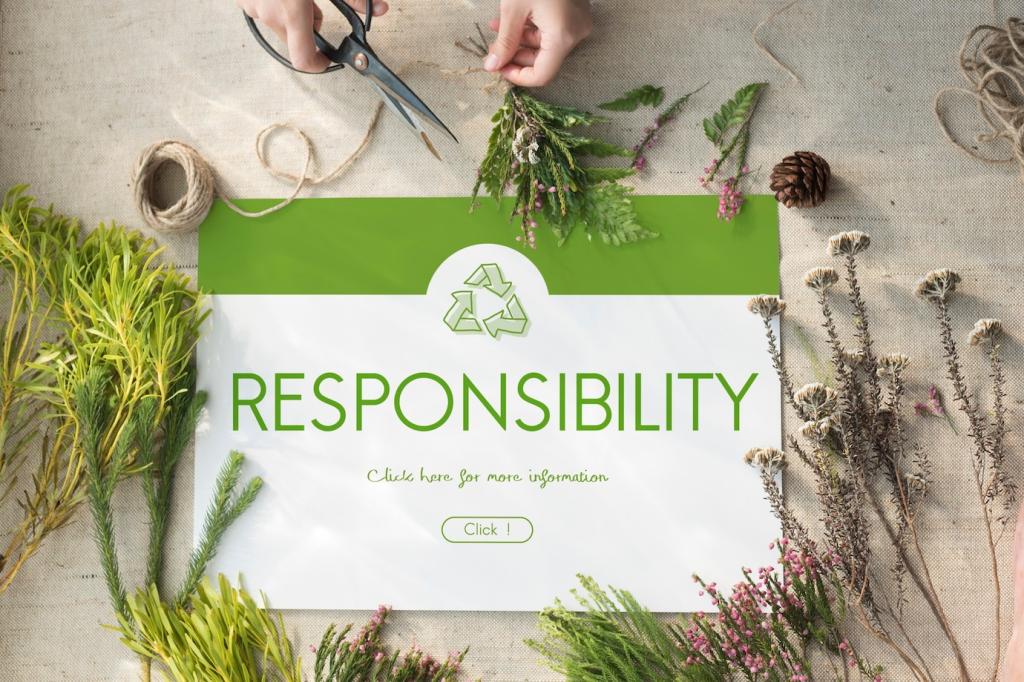Eco-Brand Storytelling Essentials: Make Your Values Visible


Your Green Core: Purpose, Impact, and Promise
Write a purpose that guides daily decisions, not just decks. A refillable detergent startup wrote, “Clean clothes, cleaner coastlines,” then donated beach plastic collected per refill. Purpose breathed into operations becomes the spine of every authentic story.
Your Green Core: Purpose, Impact, and Promise
Identify your true hotspots using lifecycle thinking: raw materials, energy, water, logistics, and end-of-life. Many brands discover packaging matters less than heating or shipping. Tell that truth plainly and invite questions to build durable trust.
Audience Truths: Understanding Eco-Motivations and Barriers
Segment by values and moments
Go beyond demographics to motivations and occasions. A commuter refilling a bottle before a long train ride needs convenience and pride, not lectures. Tie your message to their moment so sustainability feels timely, helpful, and easy.
Address friction with empathy
Barriers often include price, availability, and habit. Show how your product saves over time or simplifies routines. One grocer placed plant-rich meals at eye level with quick recipes, converting curiosity into repeat purchases without guilt or pressure.
Speak human, not jargon
Translate complex impact into everyday meaning. Replace “scope 3 reductions” with “we cut emissions across our supply chain, especially shipping.” When language lands, action follows. Test phrases aloud with customers and invite them to rewrite lines with you.
The Before–After–Bridge for eco-brands
Show the problem as your audience experiences it, reveal a better future, then present your bridge. A food-share app featured a baker tossing unsold bread, then neighbors rescuing loaves via alerts. Simple structure, real emotion, measurable impact.
Heroes, guides, and proof
Cast the customer as hero, your brand as guide, and verification as proof. A repair shop framed owners as keepers of cherished devices, offering tools, tutorials, and warranty-backed fixes. The story honored agency and grounded claims in evidence.
Moments, not monuments
Don’t wait for big launches. Tell small, everyday moments: a supplier switching to renewables, a team walk audit reducing packaging tape, a customer’s first refill. String these beads into a necklace of progress people can follow and share.
Show your math
Publish methods alongside numbers: boundaries, assumptions, and uncertainties. If you estimate savings, explain the baseline. Link to summaries of lifecycle assessments in plain language. When people can check the work, your claims feel earned, not embellished.
Third-party credibility
Use certifications and audits thoughtfully. Explain why each label matters and how it was achieved. Avoid a badge wall; highlight the two most relevant marks and the journey behind them. Invite questions to keep the conversation substantive and open.
Designing the Senses: Words, Visuals, and Materials
Favor verbs over virtue and specifics over slogans. Swap “planet positive” with “we refill, repair, and regenerate.” Use vivid metaphors from nature and craft headlines people can repeat. Invite followers to rewrite your mission into a punchy promise.
Designing the Senses: Words, Visuals, and Materials
Avoid default green palettes and stock leaves. Use material textures, process diagrams, and honest photography. Turn impact data into clear, humane visuals. Consistency across channels builds recall, while restraint communicates maturity and respect for your audience’s attention.



Balance reach with responsibility. Lean on owned media, newsletters, and partnerships with aligned organizations. Local pop-ups can outperform paid ads when stories are hands-on. Publish your channel rationale so audiences see integrity in how you show up.

Turn customers into storytellers. Host repair days, refill meetups, or farm visits. Feature user videos and credit contributors. Co-creation increases trust, lowers content costs, and surfaces ideas your team would never invent alone. Invite submissions weekly.

Track narrative metrics tied to impact: refill return rates, repair completion times, emissions per order, and clarity scores from message tests. Share dashboards quarterly. When data and story align, belief rises and behaviors shift more reliably.
